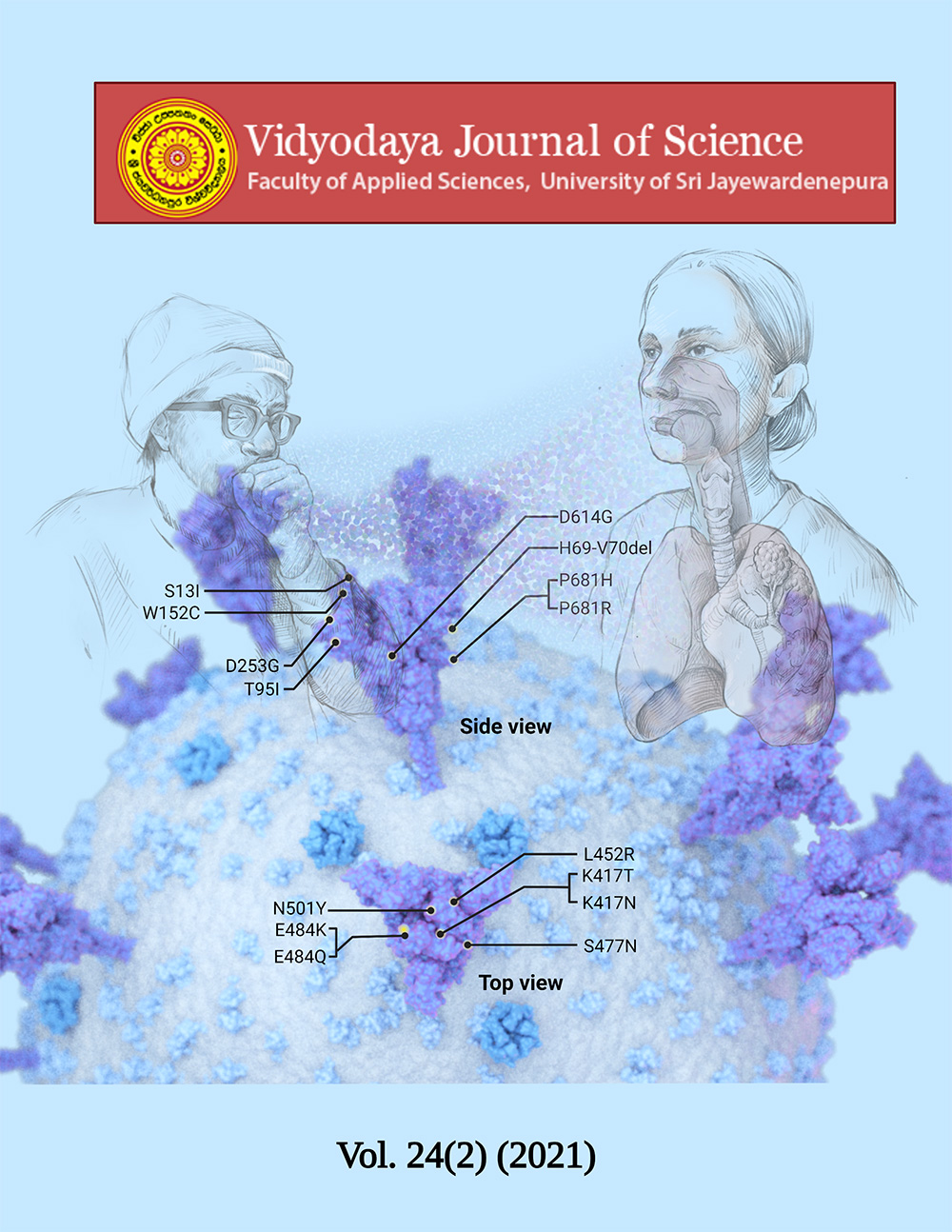Microwave-assisted one-pot multicomponent synthesis of indole derived fluorometric probe for detection of Co2+ ions
DOI:
https://doi.org/10.31357/vjs.v24i02.5413Abstract
Cobalt (Co2+) is an essential constituent in the human body while excessive exposure leads to severe systemic toxic reactions which highlight the importance of developing effective methods to detect Co2+ ions. A simple and highly efficient fluorescence enhanced turn OFF-ON chemosensor was synthesized to detect the paramagnetic Co2+. The ligand, N-((1H-indol-3-yl)(phenyl)methyl)aniline (L), was synthesized in 92% yield by means of hydrated ferric chloride catalyzed one -pot multicomponent microwave irradiation in the presence of Indole, benzaldehyde, and aniline as reactants. The major green principles of waste prevention, high atom economy (94.3%), green solvent, higher energy efficiency, and catalysis were the highlights of the ligand synthesis. The ligand exhibited remarkable fluorescence enhancement with Co2+ and a turn ON ratio of over 160-fold in MeOH/H2O (at pH 3.5) solution at an excitation wavelength of 369 nm in the Ultra-Violet range. The detection limit of L- Co2+ was 2.2 μM. The excitation and the emission spectra indicated stoke’s shift of 93 nm which supports the fluorescence enhancement observed in L- Co2+ with respect to the free ligand. The Job’s plot indicated fluorometric sensing of Co2+ ascribed to the complex formation with a stoichiometric ratio of 2:1 (L- Co2+). Furthermore, the high linearity (r2 =0.992) observed in the Benesi Hildebrand plot in a wide concentration range of 0.5−80 μM confirmed the above stoichiometric ratio. The association constant (Ka) for the L-Co2+ was determined to be 8.382 ×1 04 M−1 ± 5.8 ×103M−1.The prepared Co2+ fluorometric probe indicated long-term stability in −18 ℃ up to 45 days. Furthermore, the presence of Fe2+ and Fe3+ in the medium with Co2+ exhibited an interference effect in the fluorescence intensities. Upon further concentration studies, it was evident that the interference of Fe2+ and Fe3+ starts around 10.00 μM and rises exponentially.
Keywords: MCR, Green synthesis, Fluorescent Chemo-sensor, Turn OFF-ON, Cobalt (II), indole derivatives




